leonid polyak, Arctic Ice Shelf Theory Challenged by Ancient Algae


leonid polyak, Arctic Ice Shelf Theory Challenged by Ancient Algae

Seasonal rainfall and runoff of sediments from the Hawaiian Islands could be responsible for the previously undetected peak.
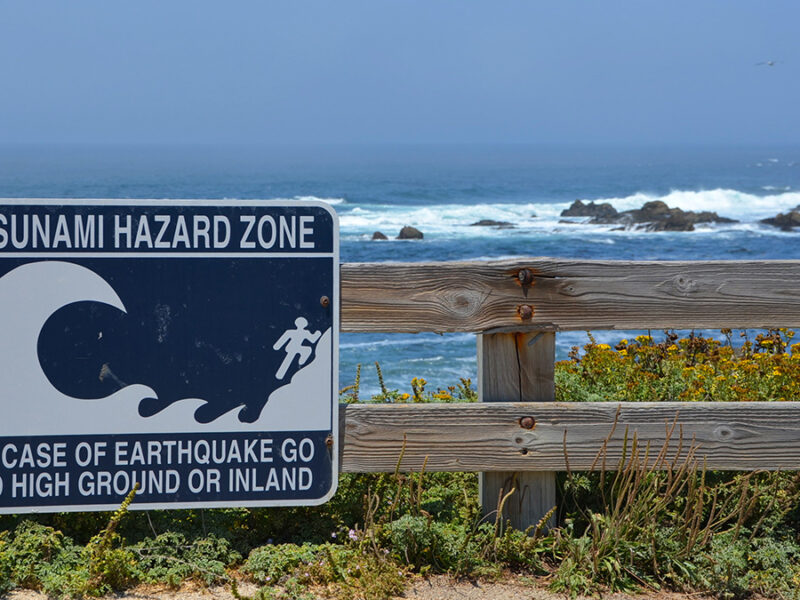
It’s time to redefine the term so it more clearly conveys meaningful risks to coastal communities and prompts them to act when needed.
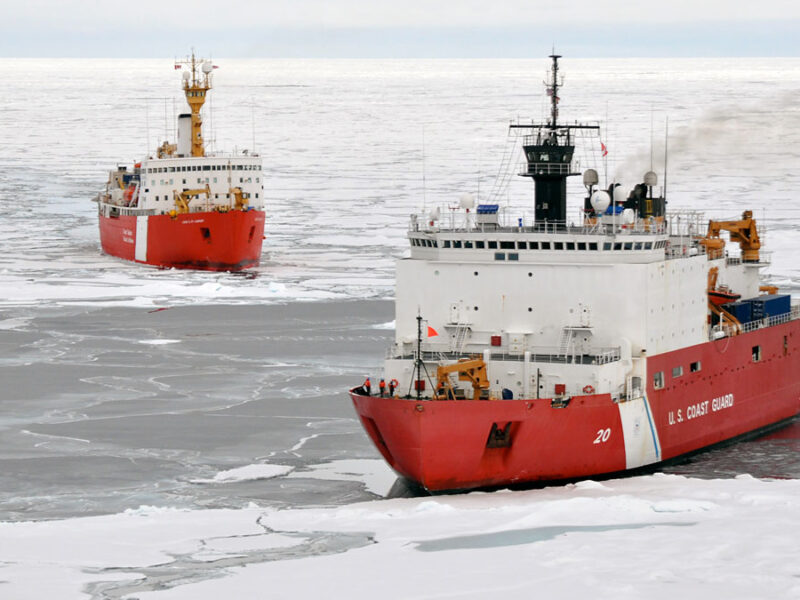
Centimeter-sized turbulence controls the rate at which the Arctic Ocean churns.
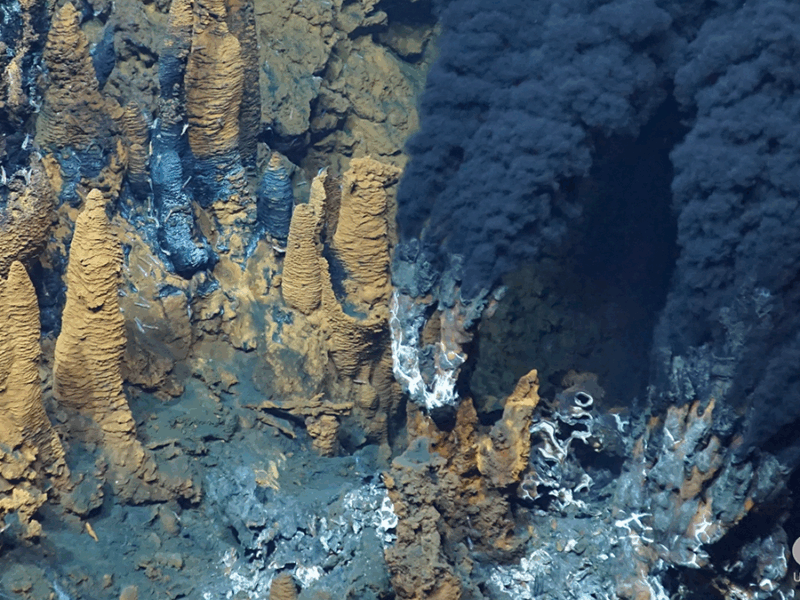
From a gathering of scientists at a uniquely well-preserved section of ancient oceanic crust came a monograph investigating the latest in hydrothermal fluxes and seawater chemistry.
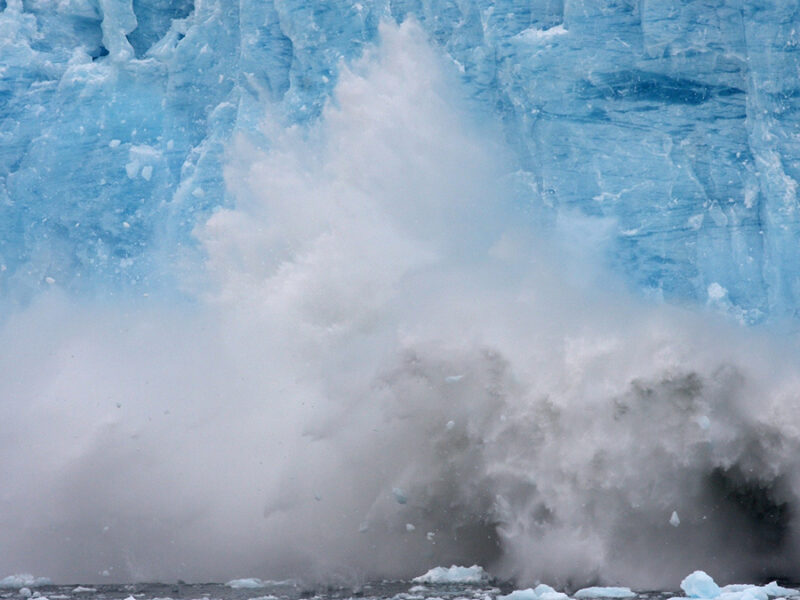
Sediment from retreating, land-terminating glaciers contains proportionally fewer micronutrients such as iron and manganese, reducing the glaciers’ value to microorganisms at the base of the food web.
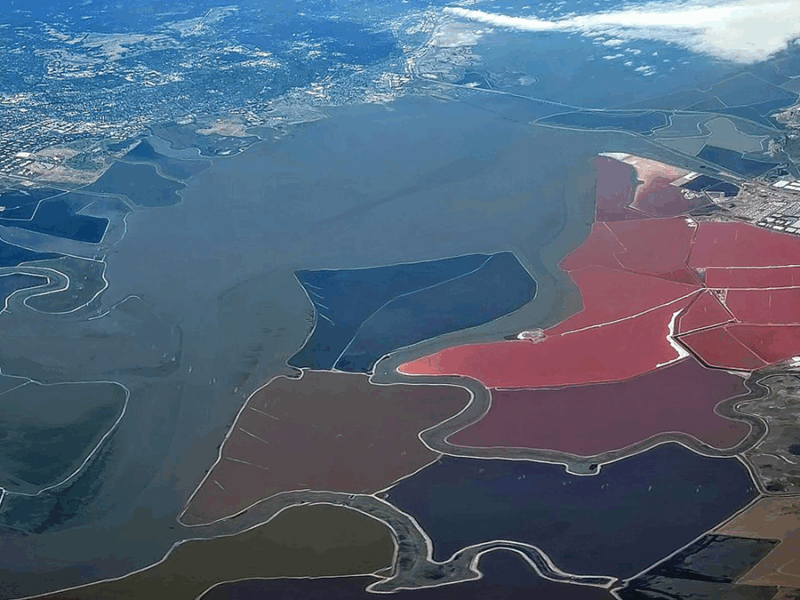
Reclamation of tide-influenced areas has a large impact on coastal environments through gradual modification of tidal dynamics, erosion, and siltation.

A framework featuring a range of plausible future sea level rise scenarios could help coastal planners prepare critical infrastructure for the worst-case scenario.
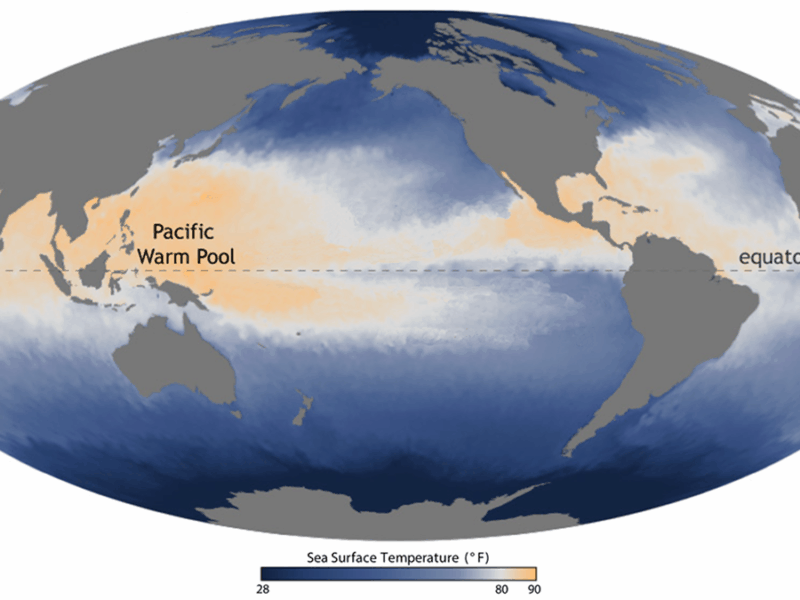
The ocean’s depths cooled off about 1.5 million years ago, and scientists think watery tunnels from the south may be to blame.
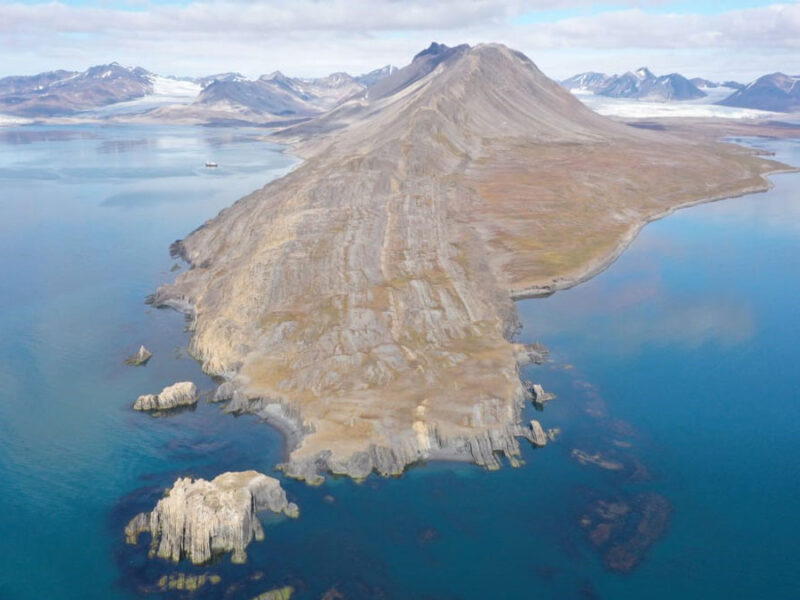
Cooler waters near Norway’s north provided a refuge for phytoplankton during the Great Dying, a new study suggests.
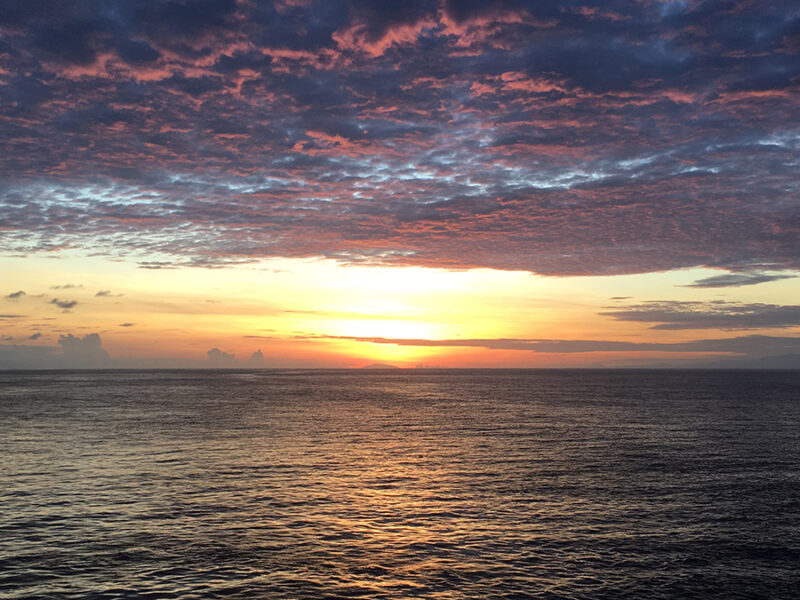
Something went wrong. Please refresh the page and/or try again.